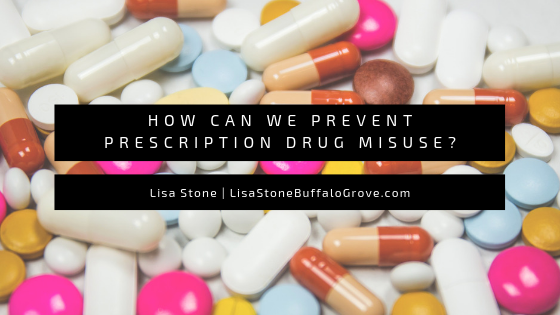In the United States, like virtually everywhere else on planet Earth, some medicines are legal and available over-the-counter, meaning they have little to no restrictions on their purchase and use. Other drugs are only available via a licensed physician’s prescription.
Prescription drugs are typically reserved for a doctor’s recommendation because they have contraindications, or bad reactions, with other drugs. In some cases, prescription drugs are restricted because they are addictive, prone to cause physical dependence, or can otherwise easily be misused.
According to the Mayo Clinic, more than two-thirds of all Americans regularly take one or more prescription drugs.
However, very few Americans who are prescribed drugs that have recreational value or are otherwise likely to be misused actually end up getting addicted to them. Addiction can be defined as the state of engaging in a behavior regularly despite consistently running into negative consequences as a direct result of engaging in that behavior.
One of the most commonly abused class of drugs in the United States right now are opioids. Opioids come from the opium poppy, also known as Papaver somniferum, which humans have used for thousands of years. Without discussing any part of the opioid epidemic currently plaguing the United States, here are some common strategies employed by the medical and pharmaceutical communities to reduce rates of prescription opioid abuse.
Who Is Most Likely to Abuse Opioids?
Numerous studies have shown that people who suffer from mental health issues, have a history of mental health problems, or have – or once had, once upon a time – substance abuse problems are likely to abuse opioids. These people should generally not be prescribed opioids unless long-term addiction isn’t an issue, including such a patient laying on their deathbed.
Physicians Must Stress the Potential Harm of Opioids
Physicians are directly responsible for informing patients of the serious addictive nature of opioids. Although they’re good at killing pain, they can be highly addictive to some people. Physicians also must only write one opioid prescription at a time before requiring another in-person visit to make sure patients don’t end up with an unnecessarily large hoard of opioid medication for others to potentially misuse

